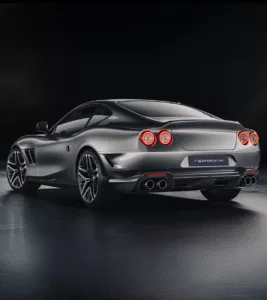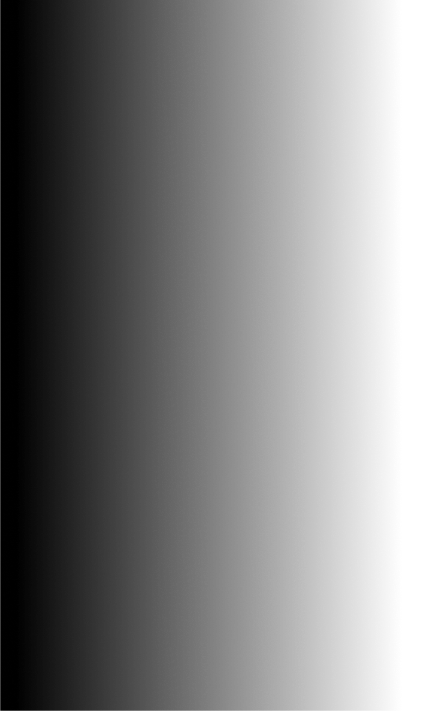Car Wrapping for Beginners: How to Apply Color Change Film
Learn How to Wrap Cars Easily: A Beginner’s Guide to Color Change Film
Car wrapping has become a popular way to transform a vehicle’s appearance without permanent paintwork. If you’re new to the process, learning how to apply color change film properly can seem daunting. However, with the right techniques and high-quality materials like TERMINAX’s TPU films, even beginners can achieve professional-looking results.
This guide will walk you through the essential steps, tools, and tips to help you master car wrapping.
Why Choose TERMINAX PPF Films?
TERMINAX specializes in premium TPU (thermoplastic polyurethane) films, which offer several advantages for beginners:
- Easier application – More flexible and forgiving than traditional films.
- Self-healing properties – Minor scratches disappear with heat.
- Durability – Resistant to UV rays, stains, and peeling.
- Breathable adhesive – Reduces bubbles and allows repositioning.
Using high-quality film like TERMINAX ensures a smoother learning curve and better results.
Essential Tools for Car Wrapping
Before starting, gather these tools:
- TERMINAX TPU color change film
- Squeegees (hard and soft edges)
- Heat gun or steamer
- Precision knife and blades
- Microfiber towels and cleaning spray
- Gloves (to avoid fingerprints)
- Application tape (for complex areas)
Step-by-Step Guide to Wrapping a Car
Step 1: Prepare the Surface
A clean, smooth surface is crucial for proper adhesion. Follow these steps:
- Wash the car thoroughly – Remove dirt, wax, and grease.
- Use isopropyl alcohol – Wipe down panels to eliminate residues.
- Inspect for imperfections – Scratches or dents may affect the film’s finish.
Step 2: Measure and Cut the Film
- Unroll the TERMINAX car PPF and measure the panel, leaving 2-3 inches of excess on all sides.
- Use a sharp knife to cut the film on a clean, flat surface.
Tip: Avoid cutting directly on the car to prevent scratches.
Step 3: Apply the Film
- Peel the backing slightly – Start at one corner and expose a few inches of adhesive.
- Align the film carefully – Position it correctly before pressing down.
- Use the squeegee – Smooth from the center outward to remove air bubbles.
For curved areas, gently heat the film with a heat gun to improve stretchability.
Step 4: Stretch and Conform the Film
- Heat the film moderately (don’t overheat) and stretch it smoothly over curves.
- Avoid excessive tension, which can cause lifting later.
Step 5: Trim the Excess
Once the film is properly positioned:
- Use a precision knife to trim edges along body lines.
- Tuck film into gaps (like door handles) for a seamless look.
Step 6: Final Inspection
- Check for bubbles or wrinkles (use a pin to release trapped air if needed).
- Apply heat to edges to ensure strong adhesion.

Common Mistakes Beginners Make
- Rushing the process – Take time to align and smooth the film properly.
- Overstretching – Can lead to film failure over time.
- Insufficient cleaning – Dust or grease causes poor adhesion.
Tips for a Professional Finish
- Work in a dust-free environment – A garage is ideal.
- Practice on small panels first – Before tackling the entire car.
- Use TERMINAX’s high-tack films – Better grip for beginners.
Conclusion
Learning how to wrap a car with TERMINAX PPF wrap is an achievable skill with patience and practice. By following these steps—proper preparation, careful application, and attention to detail—you can achieve a flawless color change without professional help.
Ready to try it yourself? Start with a small project and build your confidence!


